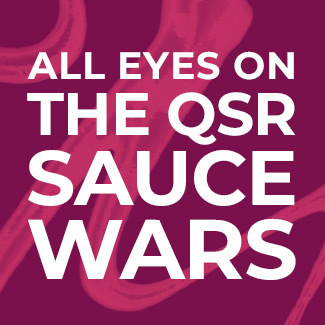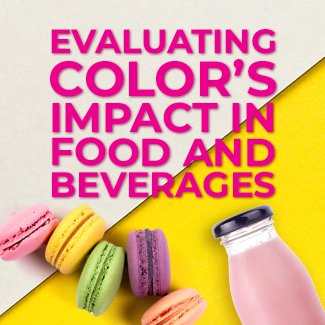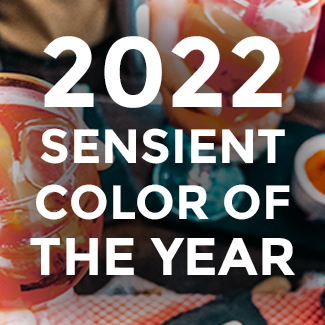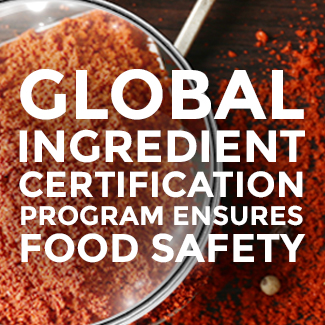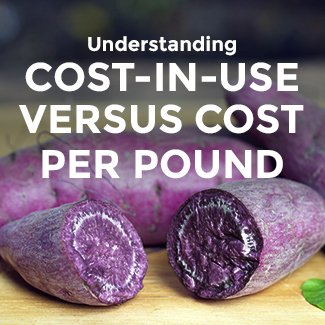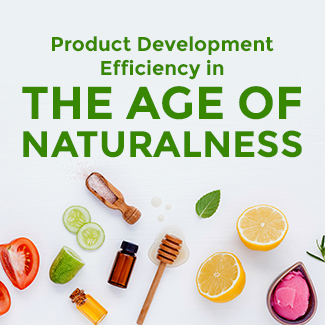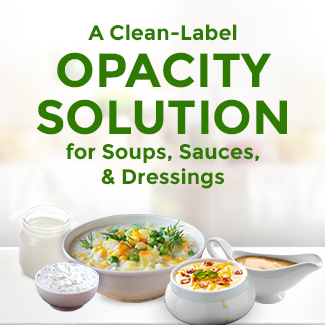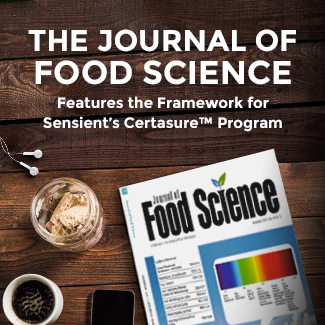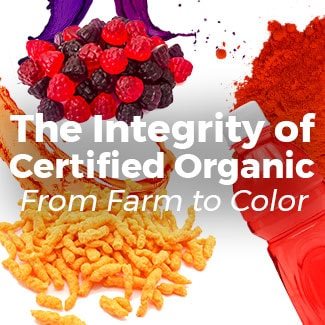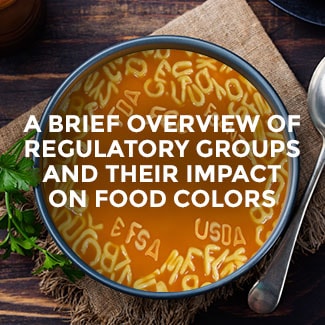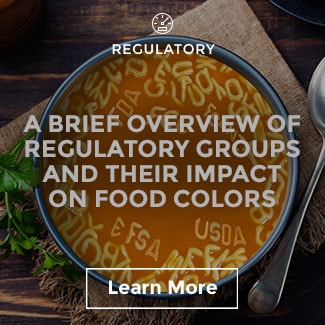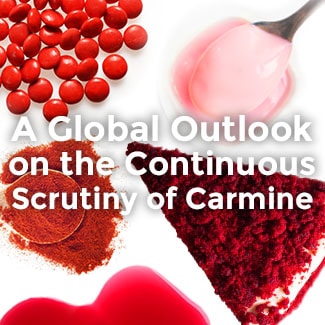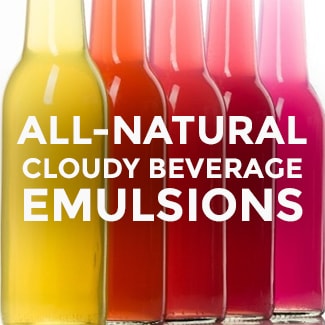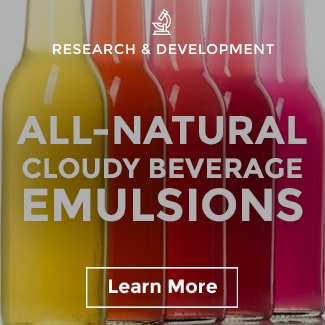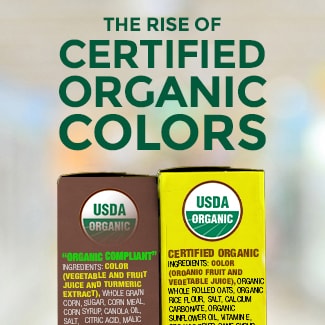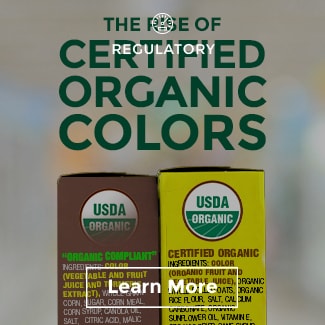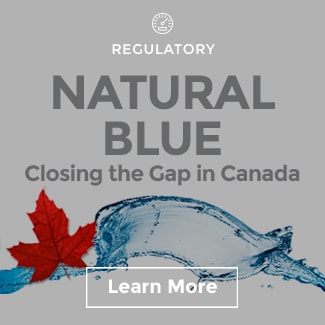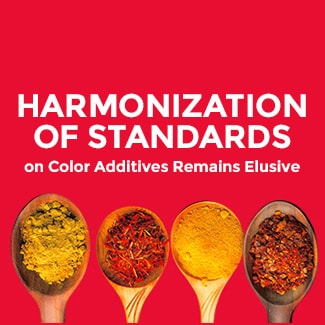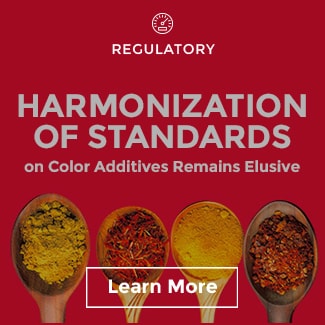Trade Tensions and Environmental Concerns Create a Perfect Storm
Tariffs’ Impact on Food and Beverage Landscape
In September, Walmart wrote to U.S. Trade Representative Robert Lighthizer voicing their concern about the potential impact of proposed duties (tariffs) on U.S. manufacturers and exporters. In my view, they correctly highlighted challenges associated with restructuring global supply chains to offset the tariffs. They additionally discussed their recent commitments to purchase more U.S. manufactured products to stimulate job growth while also mentioning the potential impact of the current proposed tariffs, saying:
“Unfortunately, the proposed tariffs have the potential to undermine these reshoring initiatives. Many manufacturers rely on component parts from China to assemble and finish production in the United States.”
At Sensient, we are very familiar with the challenges outlined by Walmart. While virtually all of our FD&C colors are manufactured in the United States at our St. Louis facility, some of the main raw materials used in dye and lake production are sourced from China. For example, on September 24th, ten percent tariffs were imposed on many feedstock materials. Although non-China sources are available as a substitute, adjusting global supply chains require time and agility. It’s also worth noting that most alternate sources are generally more expensive, especially in the near term.
Many food and beverage manufacturers are understandably anxious about the possibility of an increase in tariffs to the twenty-five percent level. While U.S. inflation has stayed in check throughout the recent economic cycle, it is not hard to imagine the tariffs pushing up consumer prices.
The Effects of China’s Stricter Environmental Standards
Trade tensions are not the only concern across the food and beverage industry; many companies, including color manufacturers, are experiencing the impact of China’s recent enforcement of stricter environmental regulations.
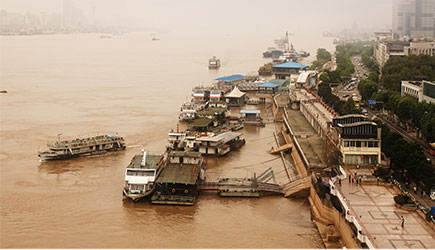
At Sensient, we view this action as a very positive and necessary step towards a more sustainable future.
According to reports, there are certain regions, notably the Yangtze River economic belt, where environmental issues need to be addressed.
Earlier this year, the National Development and Reform Commission (NDRC) announced it would close chemical plants in environmentally-sensitive areas alongside the Yangtze to protect drinking water resources and ecosystems from wastewater disposal. Some enterprises would additionally be encouraged to relocate by 2020.
Unfortunately, some major producers of raw materials used in dye manufacturing have been closed without a relocation plan. The supply decline of select materials has created globally tight inventories in addition to higher costs.

On a positive note, these changes are extremely beneficial for the sake of our environment.
However, the combination of trade tensions and reformed environmental changes have created a tight supply situation with escalating cost pressure. There is much uncertainty over the timing and even possibility of change regarding the improvement of raw material supply issues.
Sensient’s priority is to ensure stable color supply for food and beverage manufacturers, and I am proud of achieving this objective amongst this perfect economic storm.
As we move into 2019, there is good news—our growing agronomy program continues to shine brightly in our supply chain story.
It’s paving the path to better performing natural food colors and greater cost-efficiency.



